 ↪ Doses - SODIUM THIOSULFATE
Chemistry - Used systemically for cyanide or arsenic poisoning and topically as an antifungal, sodium thiosulfate occurs as large, colorless crystals or coarse, crystalline powder. It is very solublein water, deliquescent in moist air and effloresces in dry air... ↪ Read more
↪ Doses - SODIUM THIOSULFATE
Chemistry - Used systemically for cyanide or arsenic poisoning and topically as an antifungal, sodium thiosulfate occurs as large, colorless crystals or coarse, crystalline powder. It is very solublein water, deliquescent in moist air and effloresces in dry air... ↪ Read more Veterinary Drug Handbook (VDH) is the reference veterinarians turn to when they want an independent source of information on the drugs that are used in veterinary medicine today.
-
 Is veterinary Liniment Gel safe for humans?
Is veterinary Liniment Gel safe for humans? -
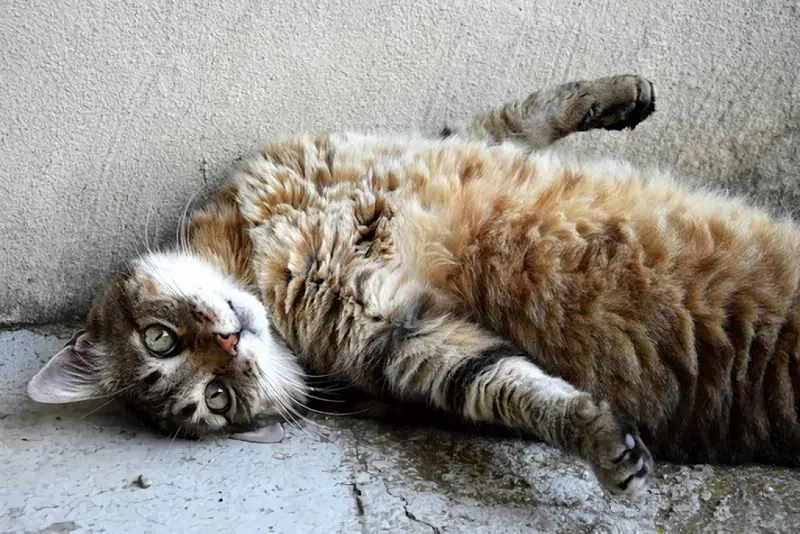 Giving Your Cat A Pill
Giving Your Cat A Pill -
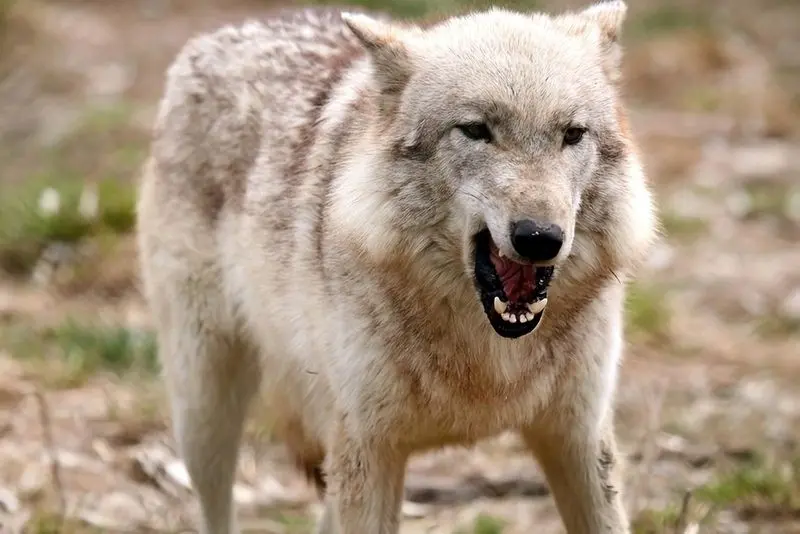 Dog Aggression
Dog Aggression -
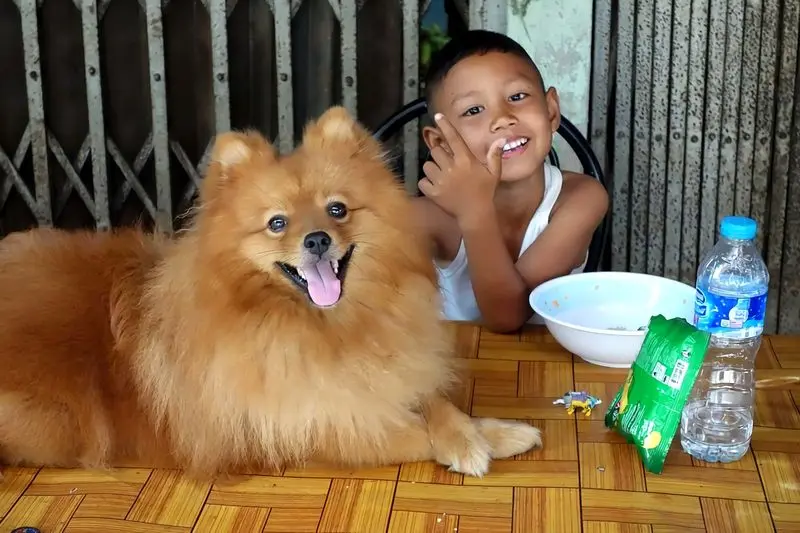 Dogs May Help Boost Infant Health
Dogs May Help Boost Infant Health -
 Animal-Assisted Therapy, Veterinary Social Work, & Social Work With People & Pets in Crisis
Animal-Assisted Therapy, Veterinary Social Work, & Social Work With People & Pets in Crisis -
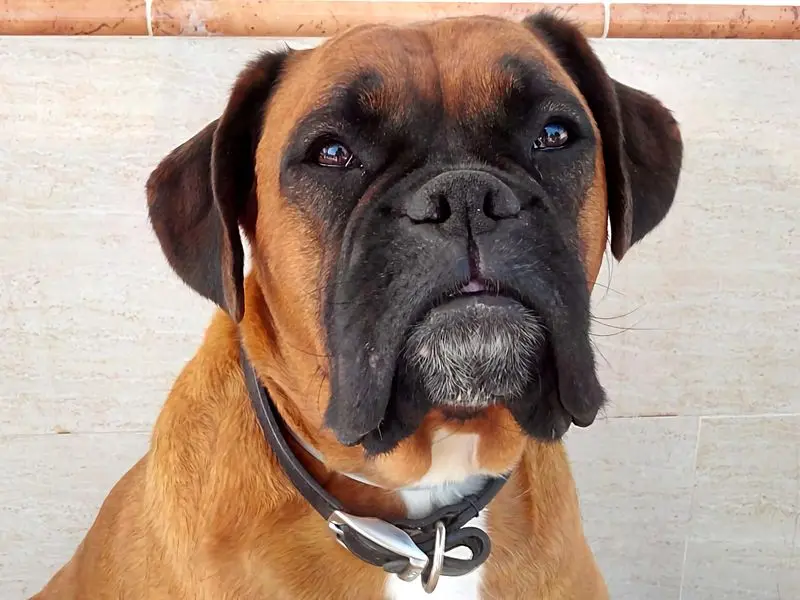 On-demand veterinary service gives advice on poorly pets
On-demand veterinary service gives advice on poorly pets -
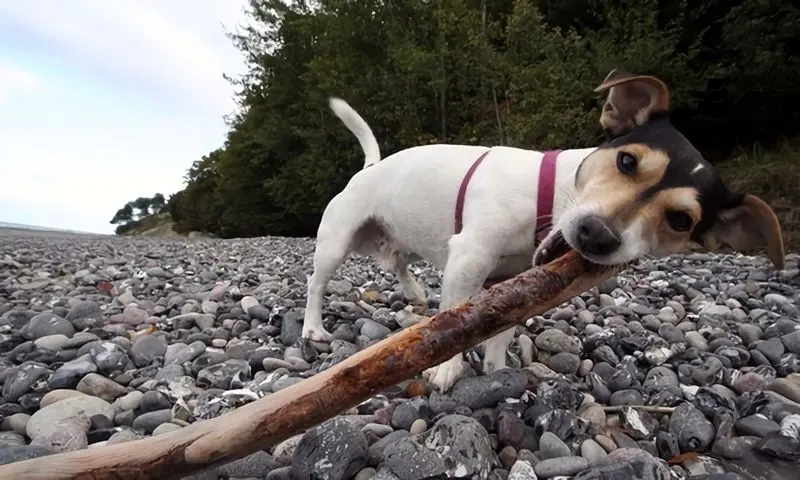 Should we stop throwing sticks for dogs?
Should we stop throwing sticks for dogs? -
 Can breathing in cat hair be harmful?
Can breathing in cat hair be harmful? -
 What does PU/PD mean in veterinary medicine?
What does PU/PD mean in veterinary medicine? -
 Bill calls for ban on sales of dogs, cats in Maine pet stores
Bill calls for ban on sales of dogs, cats in Maine pet stores -
 Common Meanings Of Cat Behavior
Common Meanings Of Cat Behavior -
 What does DVM stand for in veterinary?
What does DVM stand for in veterinary? -
 Curing Bad Cat Breath
Curing Bad Cat Breath -
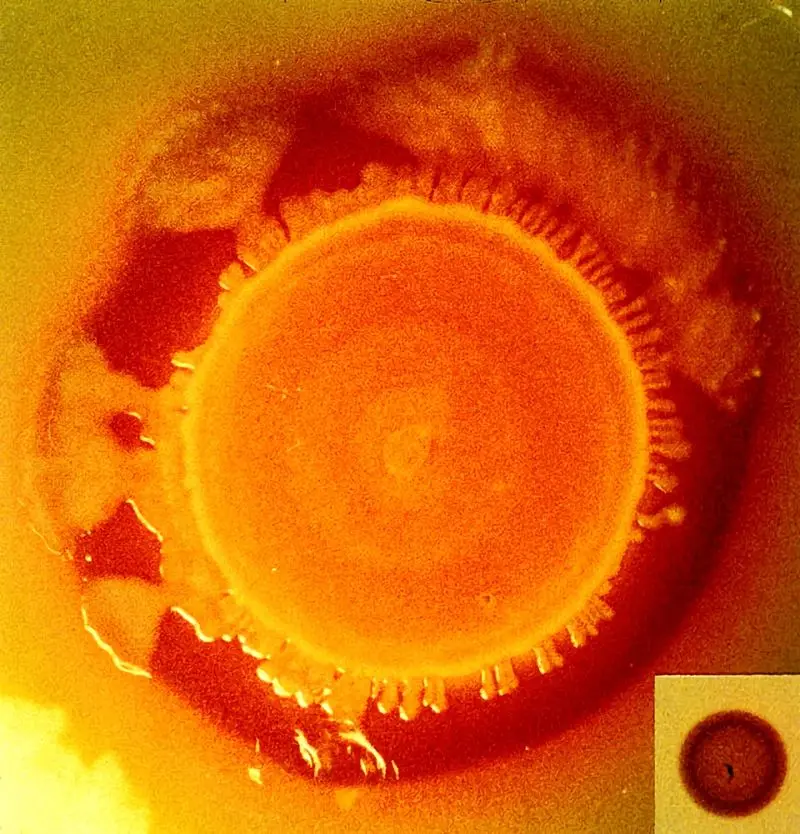 New Tracking Tool for Pathogen Investigators
New Tracking Tool for Pathogen Investigators -
Can binturongs be kept as pets?
-
 How long do instruments stay sterile after autoclaving veterinary?
How long do instruments stay sterile after autoclaving veterinary?
SODIUM THIOSULFATE
 ↪ Doses - SODIUM THIOSULFATE
Chemistry - Used systemically for cyanide or arsenic poisoning and topically as an antifungal, sodium thiosulfate occurs as large, colorless crystals or coarse, crystalline powder. It is very solublein water, deliquescent in moist air and effloresces in dry air... ↪ Read more
↪ Doses - SODIUM THIOSULFATE
Chemistry - Used systemically for cyanide or arsenic poisoning and topically as an antifungal, sodium thiosulfate occurs as large, colorless crystals or coarse, crystalline powder. It is very solublein water, deliquescent in moist air and effloresces in dry air... ↪ Read more Doses - SODIUM SULFATE, GLAUBER'S SALT
 ↪ Description - SODIUM SULFATE, GLAUBER'S SALT
Cattle: As a cathartic: a) 500 - 750 g PO as a 6% solution via stomach tube (Davis 1993)Sheep & Goats: As a cathartic: 60 g PO as a 6% solution via stomach tube (Davis 1993) Swine:As a cathartic: 30 - 60 g PO as a 6% solution via stomach... ↪ Read more
↪ Description - SODIUM SULFATE, GLAUBER'S SALT
Cattle: As a cathartic: a) 500 - 750 g PO as a 6% solution via stomach tube (Davis 1993)Sheep & Goats: As a cathartic: 60 g PO as a 6% solution via stomach tube (Davis 1993) Swine:As a cathartic: 30 - 60 g PO as a 6% solution via stomach... ↪ Read more SODIUM SULFATE, GLAUBER'S SALT
 ↪ Doses - SODIUM SULFATE, GLAUBER'S SALT
Chemistry - Sodium sulfate (hexahydrate form) occurs as large, colorless, odorless, crystals orwhite crystalline powder. It will effloresce in dry air and partially dissolve in its own water ofcrystallization at about 33°C. 1 gram is soluble in... ↪ Read more
↪ Doses - SODIUM SULFATE, GLAUBER'S SALT
Chemistry - Sodium sulfate (hexahydrate form) occurs as large, colorless, odorless, crystals orwhite crystalline powder. It will effloresce in dry air and partially dissolve in its own water ofcrystallization at about 33°C. 1 gram is soluble in... ↪ Read more Doses - SODIUM POLYSTYRENE SULFONATE
 ↪ Description - SODIUM POLYSTYRENE SULFONATE
To hasten the drug's action and to prevent constipation, SPS is generally mixed with 70%sorbitol (3-4 ml per one gram of resin); shake well before using.Dogs: For hyperkalemia: a) 2 grams of resin/kg of body weight (each gram should be... ↪ Read more
↪ Description - SODIUM POLYSTYRENE SULFONATE
To hasten the drug's action and to prevent constipation, SPS is generally mixed with 70%sorbitol (3-4 ml per one gram of resin); shake well before using.Dogs: For hyperkalemia: a) 2 grams of resin/kg of body weight (each gram should be... ↪ Read more SODIUM POLYSTYRENE SULFONATE
 ↪ Doses - SODIUM POLYSTYRENE SULFONATE
Chemistry - A sulfonated cation exchange resin, sodium polystyrene sulfonate (SPS) occurs as agolden brown, fine powder. It is odorless and tasteless. Each gram contains 4.1 mEq of sodium andhas an in vitro exchange capacity of about 3.1 mEq of... ↪ Read more
↪ Doses - SODIUM POLYSTYRENE SULFONATE
Chemistry - A sulfonated cation exchange resin, sodium polystyrene sulfonate (SPS) occurs as agolden brown, fine powder. It is odorless and tasteless. Each gram contains 4.1 mEq of sodium andhas an in vitro exchange capacity of about 3.1 mEq of... ↪ Read more Doses - SODIUM IODIDE
 ↪ Description - SODIUM IODIDE
Cattle & Sheep & Goats: For treatment of actinobacillosis (woody tongue): a) 70 mg/kg IV given as a 10% or 20% solution; repeat at least one more time at a 7-10day interval. Refractory cases may require more frequent (2-3 day intervals)... ↪ Read more
↪ Description - SODIUM IODIDE
Cattle & Sheep & Goats: For treatment of actinobacillosis (woody tongue): a) 70 mg/kg IV given as a 10% or 20% solution; repeat at least one more time at a 7-10day interval. Refractory cases may require more frequent (2-3 day intervals)... ↪ Read more SODIUM IODIDE
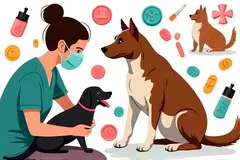 ↪ Doses - SODIUM IODIDE
Chemistry - Sodium iodide occurs as colorless, odorless crystals or white crystalline powder. Itwill develop a brown tint upon degradation. Approximately 1 gram is soluble in 0.6 ml of water and2 ml of alcohol.Storage, Stability, Compatibility Commercially available... ↪ Read more
↪ Doses - SODIUM IODIDE
Chemistry - Sodium iodide occurs as colorless, odorless crystals or white crystalline powder. Itwill develop a brown tint upon degradation. Approximately 1 gram is soluble in 0.6 ml of water and2 ml of alcohol.Storage, Stability, Compatibility Commercially available... ↪ Read more Doses - SODIUM BICARBONATE
 ↪ Description - SODIUM BICARBONATE
Dogs & Cats: For severe metabolic acidosis: a) Main therapeutic goal should be to eliminate the underlying cause of acidosis. If causesare not readily reversible, if arterial pH is <7.2 (7.1 if diabetic ketoacidosis), andventilatory procedures... ↪ Read more
↪ Description - SODIUM BICARBONATE
Dogs & Cats: For severe metabolic acidosis: a) Main therapeutic goal should be to eliminate the underlying cause of acidosis. If causesare not readily reversible, if arterial pH is <7.2 (7.1 if diabetic ketoacidosis), andventilatory procedures... ↪ Read more SODIUM BICARBONATE
 ↪ Doses - SODIUM BICARBONATE
Chemistry - An alkalinizing agent, sodium bicarbonate occurs as a white, crystalline powderhaving a slightly saline or alkaline taste. It is soluble in water and insoluble in alcohol. One gram ofsodium bicarbonate contains about 12 mEq each of sodium and... ↪ Read more
↪ Doses - SODIUM BICARBONATE
Chemistry - An alkalinizing agent, sodium bicarbonate occurs as a white, crystalline powderhaving a slightly saline or alkaline taste. It is soluble in water and insoluble in alcohol. One gram ofsodium bicarbonate contains about 12 mEq each of sodium and... ↪ Read more Doses - SELEGILINE HCL, L-DEPRENYL
 ↪ Description - SELEGILINE HCL, L-DEPRENYL
Dogs: For Cushing's Disease: a) 1 mg/kg PO in the AM (with food prn); Reevaluate clinically over next 2 mos.; if noimprovement, may increase to 2 mg/kg once daily; if no improvement or signs increase, reevaluate diagnosis or consider alternate... ↪ Read more
↪ Description - SELEGILINE HCL, L-DEPRENYL
Dogs: For Cushing's Disease: a) 1 mg/kg PO in the AM (with food prn); Reevaluate clinically over next 2 mos.; if noimprovement, may increase to 2 mg/kg once daily; if no improvement or signs increase, reevaluate diagnosis or consider alternate... ↪ Read more SELEGILINE HCL, L-DEPRENYL
 ↪ Doses - SELEGILINE HCL, L-DEPRENYL
Chemistry - Selegiline HCl, also commonly called l-deprenyl, occurs as a white to off-whitecrystalline powder that is freely soluble in water. It has a pKa of 7.5.Storage, Stability, Compatibility Commercially available veterinary tablets should be... ↪ Read more
↪ Doses - SELEGILINE HCL, L-DEPRENYL
Chemistry - Selegiline HCl, also commonly called l-deprenyl, occurs as a white to off-whitecrystalline powder that is freely soluble in water. It has a pKa of 7.5.Storage, Stability, Compatibility Commercially available veterinary tablets should be... ↪ Read more Doses - SALINE / HYPEROSMOTIC LAXATIVES, MAGNESIUM SALTS, SODIUM PHOSPHATE SALTS, PEG 3350 PRODUCTS
 ↪ Description - SALINE / HYPEROSMOTIC LAXATIVES, MAGNESIUM SALTS, SODIUM PHOSPHATE SALTS, PEG 3350 PRODUCTS
Dogs: Magnesium hydroxide (Milk of Magnesia) as a cathartic: a) 5 - 10 ml (Davis 1985a) b) 1 - 20 ml PO (Rossoff 1974) Sodium sulfate: a) 1 gram/kg PO (Grauer and Hjelle 1988b) b) 5... ↪ Read more
↪ Description - SALINE / HYPEROSMOTIC LAXATIVES, MAGNESIUM SALTS, SODIUM PHOSPHATE SALTS, PEG 3350 PRODUCTS
Dogs: Magnesium hydroxide (Milk of Magnesia) as a cathartic: a) 5 - 10 ml (Davis 1985a) b) 1 - 20 ml PO (Rossoff 1974) Sodium sulfate: a) 1 gram/kg PO (Grauer and Hjelle 1988b) b) 5... ↪ Read more Popular Diagnoses
Packed cell volume (PCV, hematocrit) Reflex ovulator Mucolytic Microfilaricide Bronchodilator Hematocrit Glucocorticoid Monoamine oxidase inhibitor (MAOI) ↪ All veterinary diagnoseOther Diagnoses
Thrombocytopenia Thyrotropin releasing hormone Tissue Titer Topical Torsion Tracheobronchtis Tricyclic antidepressantPopular Veterinary Clinics
VCA Welborn Animal Hospital, 7860 Washington Avenue Kansas City, KS 66112 USA MedVet Columbus, 300 East Wilson Bridge Road, Worthington, OH Rutland Veterinary Clinic & Surgical Center, 90 East Pittsford Road, Rutland, VT VCA Paradise Valley Emergency Animal Hospital, 6969 East Shea Boulevard Suite 150 Scottsdale, AZ 85254 USA Connecticut Veterinary Center & Pet ER, 470 Oakwood Ave West Hartford, CT 06110 USA Norway Veterinary Hospital, 10 Main St P.O. Box 273 Norway, ME 04268 USA Craig Road Animal Hospital, 5051 West Craig Road, Las Vegas, NV Abri Veterinary Hospital Inc, 1449 Trademart Boulevard Winston-Salem, NC 27127 USA ↪ All veterinary clinicsOther Veterinary Clinics
Cleveland Park Animal Hospital, 815 NE Main St Simpsonville, SC 29681 USA Canyon Lake Veterinary Hospital, 4230 Canyon Lake Drive Rapid City, SD 57702 USA Rieb Mark DVM, 320 4th Street NE Watertown, SD 57201-2620 USA DAKOTA HILLS VETERINARY CLINIC, 1571 East Highway 44, RAPID CITY, SD Animal Care Veterinary Hospital, Inc, 2750 New Salem Highway Murfreesboro, TN 37128 USA Animal Clinic East, 1414 Gunbarrel Road Chattanooga, TN 37421 USA Battleground Hospital for Animals, 225 South Royal Oaks Boulevard Franklin, TN 37064 USA Bellevue Animal Hospital, 7098 Old Harding Pike, Nashville, TNPopular Drugs
DOXYLAMINE SUCCINATE Doses - PENICILLIN V POTASSIUM Doses - METHYLPREDNISOLONE, METHYLPREDNISOLONE ACETATE, METHYLPREDNISOLONE SODIUM SUCCINATE ACEPROMAZINE MALEATE Doses - PREDNISOLONE, PREDNISOLONE SODIUM SUCCINATE, PREDNISOLONE ACETATE, PREDNISONE Doses - FURAZOLIDONE Doses - FERROUS SULFATE Doses - LEVAMISOLE ↪ All veterinary drugOther Drugs
Doses - LACTULOSE LEVAMISOLE Doses - LEVAMISOLE LEVOTHYROXINE SODIUM Doses - LEVOTHYROXINE SODIUM LIDOCAINE HCL Doses - LIDOCAINE HCL LINCOMYCIN HCLPopular Terms
Subalbinotic Steatis Uteroverdin Paradoxical CSF acidosis Figure of 8 suture pattern Nerve root signature Ovariohysterectomy Abrev OVH Signalment ↪ All veterinary termOther Terms
Hypothalamus Hypothyroid Hypotonic Hypotonic dehydration Hypotony Hypovolemia Hysteropexy IAAAMveterinary-help.com
© 2011-2025 Veterinary Clinics, Diagnoses, Terms and Drug Handbook Online

